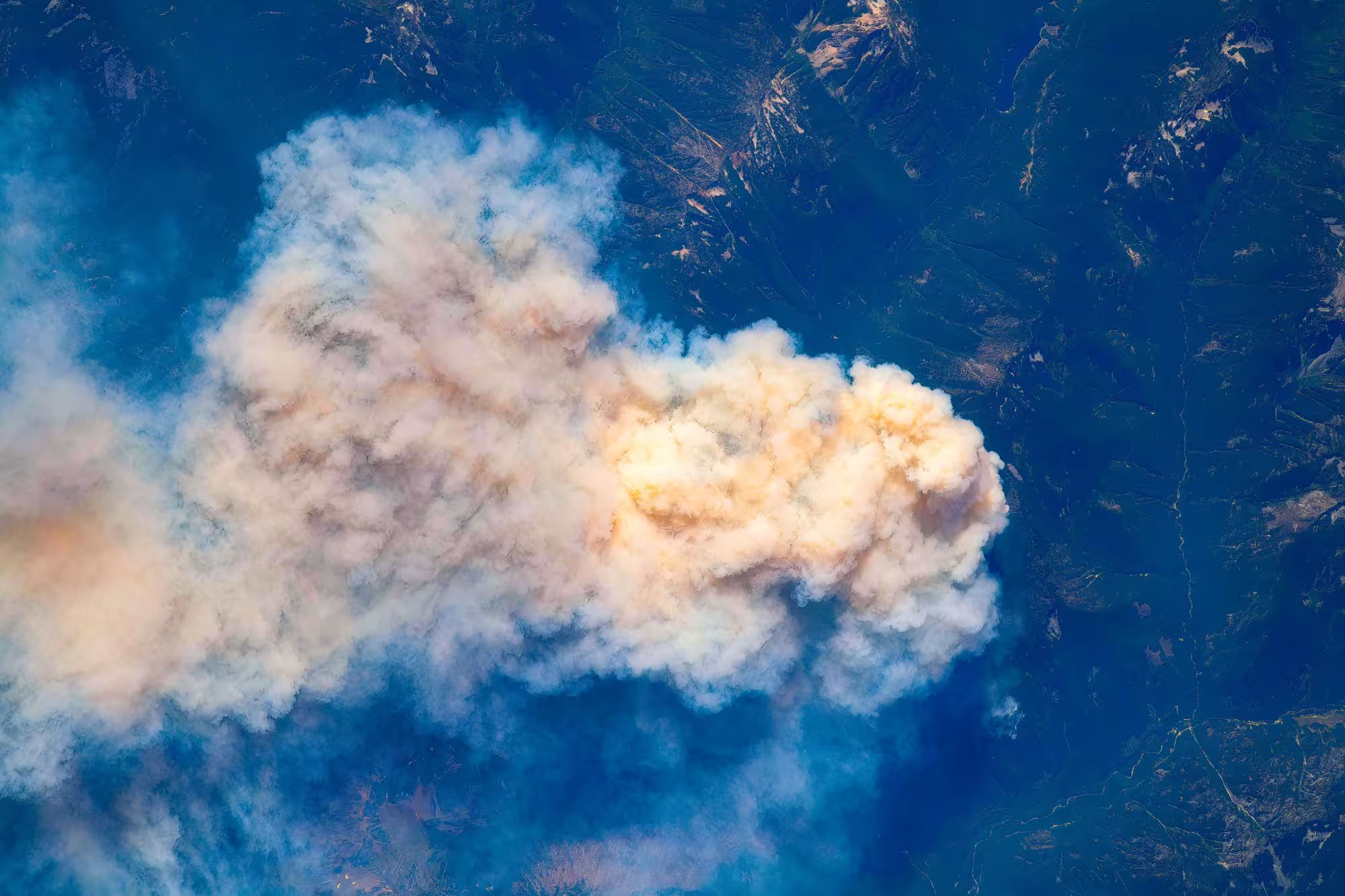TWISTA (The Wide-ranging Impacts of STratospheric smoke Aerosols)

Recent evidence indicates a significant increase in stratospheric intrusions of smoke from intense pyro-cumulonimbus (pyroCb/thunderstorms that form in the smoke plumes of fires) events resulting from wildfires. These events are becoming more frequent, intense, and capable of reaching higher altitudes in both hemispheres. Given the correlation between the unprecedented wildfires and the record persistent Antarctic ozone hole and record Arctic ozone depletion in 2020, there is an urgent need to understand the role of these events in the climate system.
Satellite observations have identified several chemical fingerprints linking severe ozone depletion in the Arctic and the record Antarctic ozone hole to these wildfire events. This is particularly concerning as wildfire frequency, intensity, and plume altitude are expected to increase under future global warming scenarios. This could potentially undermine the achievements of the Montreal Protocol, not through non-compliance with reductions in ozone-depleting substances (ODS), but due to the impacts of global warming. An ozone hole over the northern hemisphere could pose a significant threat to the delicate ecosystem balance that humanity relies on.
Additionally, absorbing aerosols in the stratosphere from wildfires may have direct impacts on Earth’s surface climate. Idealized studies have modeled an enhanced positive phase of the North Atlantic Oscillation due to these aerosols, potentially leading to increased flooding in northern Europe and severe droughts over the Iberian Peninsula. The project aims to include these factors and feedbacks in global climate simulations as soon as possible to better understand and mitigate their potential impacts.
